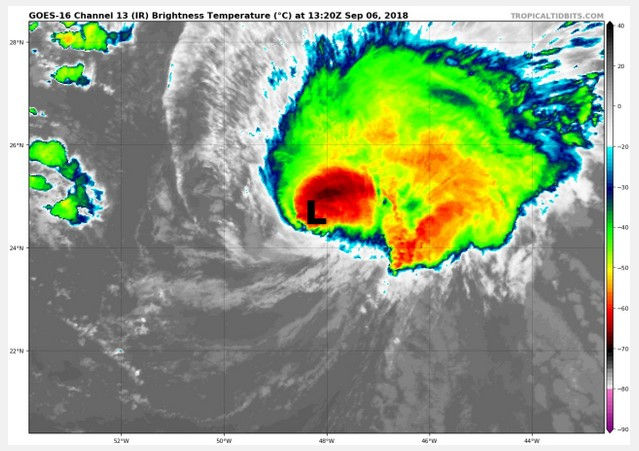Ohio Severe Weather Week Part 1.
- Jeffery Kolling Jr.

- Mar 19, 2018
- 3 min read
March 18 to the 24 is Spring Severe Weather Awareness Week in Ohio. Each day this week I’ll post tips and ideas to keep you prepared and safe during our most active severe weather period – springtime.
Take some time this week to refresh your severe thunderstorm and tornado plan. Know what you and your family will do when severe weather threatens.
Today’s subject: Keeping informed – Weather Warnings are useless if you don’t know about them
One of the most important precautions you can take to protect yourself and your family from severe weather is to remain weather aware. Being weather aware means you are informed of the weather forecast and alert to the potential hazards.

Knowing what to do and where to go when watches and warnings are issued is key to your safety, but a watch or warning is only helpful if you are aware of them. How do you receive information about watches and warnings?
With today’s technology there are many different ways to receive this information, including the internet, commercial TV and radio, and NOAA Weather Radio. However, all these technologies have one thing in common: It is up to you to remain weather aware and actively listen for watches and warnings!
THE Number-One Most Reliable and Fastest Way to Get Weather Warnings – NOAA Weather Radio NOAA All Hazards Weather Radio (NWR) is provided as a public service by the National Oceanic & Atmospheric Administration (NOAA), part of the Department of Commerce. NWR includes more than 900 transmitters, covering all 50 states, adjacent coastal waters, Puerto Rico, the U.S. Virgin Islands, and the U.S. Pacific Territories. NWR requires a special radio receiver or scanner capable of picking up the signal.
NOAA Weather Radio receivers are available through national retailers like WalMart, Lowes, Home Depot as well as sporting good storms like Dicks and Cabellas. You can also purchase them online at Amazon and other online stores.
Modern NWR Receivers are often SAME (Specific Area Message Encoding) capable, meaning they can be setup to only alert or turn on for specific areas (usually counties in the Midwest) by programming them via a small keypad on the receiver. In this manner, you won’t be awakened at 3 a.m. for a warning which does not apply to our area.
But, the main advantage to these devices is their ability to wake you at night (like a smoke detector for fire) when most of us are sound asleep and most vulnerable to severe storms.
There are many free and paid weather apps you can install on your phone or mobile device that will warn you of impending severe weather. Most of these simply relay the NWS alerts to your phone.

The Ohio Valley WX Network App is programmable for up to 5 counties, so you can use it to track other counties of our area. You can also see alerts and warnings to receive. It’s a nice clean app that runs in the background and doesn’t contain advertising or commercials to slow it down. It’s the Only weather information app I use and recommend.
About Those Outdoor Tornado Sirens When it comes to severe weather, outdoor warning systems (sometimes known as sirens) have one purpose and one purpose only – to alert people who are outdoors that something dangerous is happening and they should go inside.
Depending on local policy, sirens may be sounded for a variety of life-threatening hazards, but always with the intent that people outdoors should seek shelter. In Tuscarawas County, local siren activation policies vary widely. The city, village or other local authority is usually in charge of siren activation policy. The National Weather Service does not have the authority to activate siren systems, but the NWS works closely with communities with severe weather warning systems, including storm sirens.
Do not relay on them as your primary warning system. Tornado sirens are not meant to be an indoor warning system. For severe weather, most communities sound sirens only when a tornado warning is in effect for their area.

Many have perished or been injured because they did not hear their neighborhood siren over the noise of lighting and wind when a tornado struck. There are better and more reliable ways to get notified (see above).
KNOW WHERE YOU LIVE ON A MAP Many weather graphics include maps that highlight whole or portions of counties for severe watches and warnings – especially warnings. In this day of GPS location, I notice many folks don’t have a clue where their neighborhood is located on a map. How can you know if you’re within a warning if you haven’t a clue where you are?
While Watches and Advisories are usually issued to include an entire county, Warnings such as Severe Thunderstorm and Tornado Warnings often include only portions of a county. In this case it’s important to know where you’re located within the county to determine whether or not your neighborhood is included in the warning area.
It may seem basic to say this, but learn the shape of your county and know approximately where your community is located within the county.





Comments